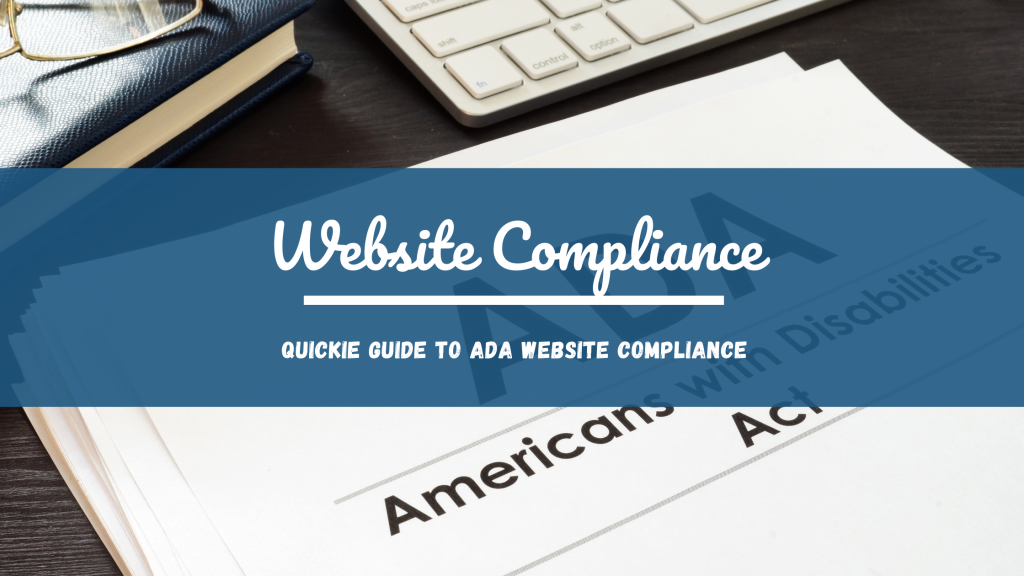
Test Your Website for ADA Compliance
Conduct a manual audit and use the Web Content Accessibility Guidelines (WCAG) to fix your site and make sure it’s ADA Compliant. The WCAG is the basis for ADA Compliance. They are not laws or regulations but recommended guidelines. The web content accessibility guidelines are frequently updated and are available online for free access.
Test your site for accessibility. Go to your website and note any areas that don’t comply with the web content accessibility guidelines.
WCAG is centered on four principles and states that your content must be perceivable, operable, understandable, and robust.
Your website visitors must be able to perceive or find and process your content. This includes text, videos, and images. It has to accommodate people with diverse needs and disabilities. For example, the visually impaired, deaf people, people with cognitive disabilities, and so on. They must be able to understand your images and videos without seeing or listening to them. So, does your business website have video transcriptions? Do you add alternative text to images?
Operability refers to your site features. Your visitors should be able to use all your website features and navigate them with ease. Users must be able to navigate your site whether they are using mouse or keyboard-only commands. Individuals with visual impairments and motor disabilities rely on the keyboard to execute commands. So, make sure you cater to their needs. They must be able to use the main navigation bar, the search bar, available buttons, and other additional tools.
All users must be able to understand your content and interface operations. Your text must be readable and everyone who visits your site must easily recognize important information such as error messages.
Robustness involves ensuring your website adapts and evolves to meet fluctuating needs. Your content or website has to function effectively across different assistive devices and different technologies. For example, it has to be compatible with screen reading software and easily meet the changing needs of people with disabilities.
Another option is to use tools like Lighthouse Accessibility, Siteimprove, and Wave Web Accessibility Tool to test your website for ADA Compliance. Your site will be assessed based on the web content accessibility guidelines.
These tools provide an effective and error-free way to run successful tests. They also speed up the entire process and take the load off your shoulders. Use them to check for compliance issues like text size, contrast colors, image alt text, and more.
Install an ADA Compliant plugin if your website runs on WordPress.
You can also go to the world wide web consortium W3C website to gain access to an extensive list of evaluation tools that will help you run reliable tests.
Last but not least, invest in a professional ADA audit. Work with a reputable ADA Compliant web design agency or a consultant. The consultant will evaluate your site’s accessibility and recommend steps to take to fix it and ensure its ADA compliant.
Charges vary depending on who you work with, the work to be done, your website size, and other relevant factors.
Testing your website for WCAG and ADA Compliance ensures your site is accessible to everyone, helps you avoid legal issues, and is key to reaching your marketing goals and increasing conversion rates.

